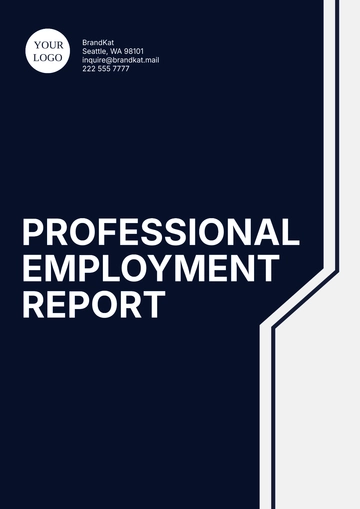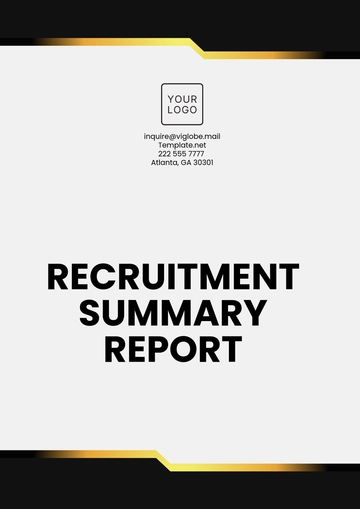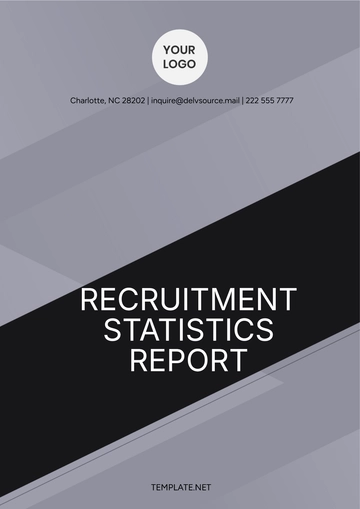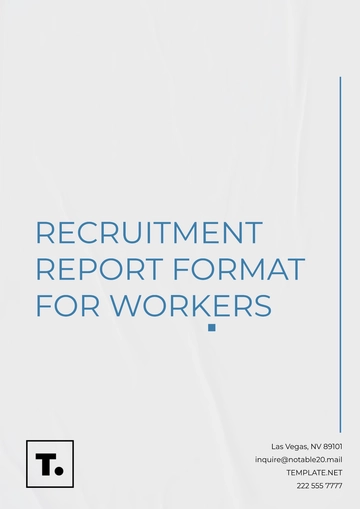Annual Recruitment Report
Introduction
The Annual Recruitment Report provides a comprehensive analysis of the recruitment activities conducted over the past year. This report aims to offer insights into the recruitment strategies, challenges faced, and achievements accomplished. The document is structured to assist in understanding the current recruitment landscape and to contribute to forming strategies for future recruitment efforts.
Recruitment Overview
Recruitment Objectives
The primary objectives of our recruitment process were to attract, select, and retain the best talent available in the market while promoting diversity, equity, and inclusion within the organization. Our focus was on filling critical gaps in the workforce, supporting organizational growth, and enhancing skill sets across all departments.
Recruitment Strategy
The recruitment strategy adopted this year involved a blend of traditional and modern approaches to talent acquisition. Key aspects included:
Utilizing social media platforms for outreach and engagement.
Enhancing employer branding to attract top talent.
Implementing data-driven recruitment processes.
Engaging in partnerships with educational institutions.
Promoting internal mobility within the organization.
Recruitment Metrics
To evaluate the effectiveness of the recruitment strategy, various key performance indicators (KPIs) were monitored throughout the year. A summary of important recruitment metrics is provided in the table below:
Metric | 2051 | 2054 | Change (%) |
|---|
Total Applications Received | 10,000 | 12,500 | +25% |
Interviews Conducted | 1,500 | 2,000 | +33.3% |
Positions Filled | 300 | 350 | +16.7% |
Average Time to Hire (days) | 45 | 40 | -11.1% |
Offer Acceptance Rate | 85% | 90% | +5.9% |
Challenges and Solutions
Challenges Faced
Throughout the year, multiple challenges emerged in the recruitment sector. Notable challenges included:
A competitive job market leading to talent shortages.
High expectations from candidates concerning work-life balance.
Technological advancements necessitating skill enhancements.
Ensuring diversity and inclusion in hiring practices.
Solutions and Initiatives
To address the challenges faced, several initiatives were undertaken:
Revamping the recruitment process to align with current market trends.
Implementing flexible work arrangements to meet candidate expectations.
Providing training sessions to upgrade the skills of existing staff.
Fostering a diverse workplace by implementing bias-free recruitment practices.
Conclusion
The recruitment activities conducted over the past year have laid a strong foundation for future growth. We have successfully enhanced our recruitment processes, met critical hiring demands, and improved the overall candidate experience. Looking forward, we aim to continue developing our strategies to attract, hire, and retain top talent while fostering an inclusive workplace culture. Continuous assessment and innovation in recruitment practices will be pivotal to our success in the coming years.
Report Templates @ Template.net




























